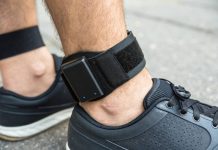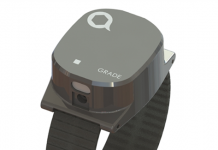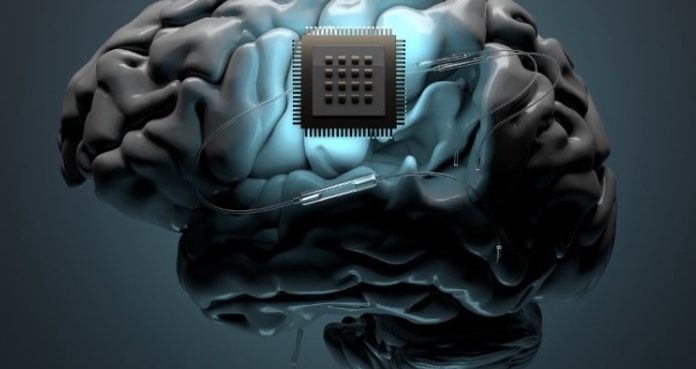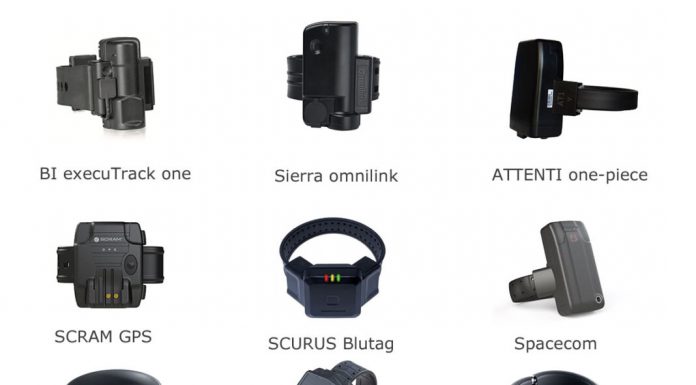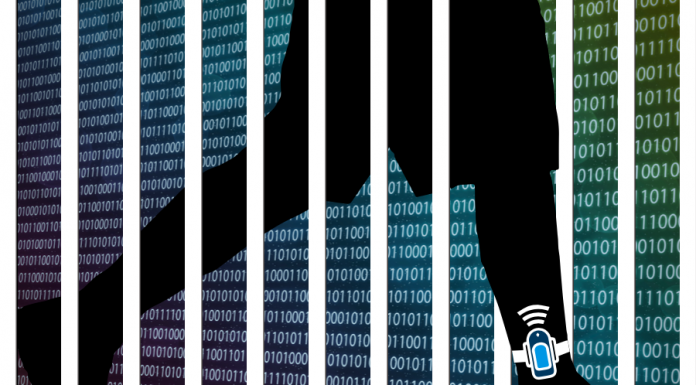AppClose, the world's leading co-parenting platform, and 1A Smart Start, LLC, a global leader in alcohol-monitoring technology and services, today announced an exclusive partnership to deliver a fully integrated alcohol-testing and compliance solution designed specifically for the family-law...
IOWA CITY — The Johnson County Sheriff’s Office has continued a pretrial GPS monitoring pilot program that started in August 2022. The program’s goal was to keep people out of jail pending trials, which has allowed them to...
A Michigan startup is revolutionizing alcohol monitoring with a wearable device no bigger than a smartwatch, aiming to remove the stigma associated with traditional ankle monitors.
ArborSense, a University of Michigan spinout based in...
The Indonesian National Research and Innovation Agency (BRIN) has successfully developed Si-AZA, a rapid detection system for alcohol and harmful additives in food.
The portable device is designed to support food safety monitoring in...
A world-first report from Dr Allan McCay in the Law School scrutinizes advances in neurotechnology and what it might mean for the law and the legal profession. The paper calls for urgent consideration of how the new...
Two-piece model consists of two pieces of equipment, a personal identification device (PID) which is attached to the ankle and the Portable Monitoring Unit (PMU) which is body approximate device for monitoring attached PID, or the Home...
In a one-piece model configuration, a body-attached device contains the location methodology apparatus, communication device, battery, attaching straps and clips, indicators to the participant, and casing.
One-piece GPS ankle bracelet model configuration in...
Passive Systems:These systems require periodic check-ins via telephone to verify an offender’s presence at the designated location (Crowe 2002). Identity verification may use passwords, wearable devices, or biometrics (e.g., fingerprints, retinal scans). Passive systems are primarily effective...
1. Early Electronic Monitoring in the Late 20th Century
Electronic Monitoring (EM) for non-custodial offenders was first introduced in the early 1980s. By 1987, more than 900 individuals across 21 U.S. states were participating...
The professional application of law-enforcement electronic monitoring technology as a telematic monitoring technology is closely related to the development of modern communication technology. It should be noted that law-enforcement electronic monitoring was created in the United States...

